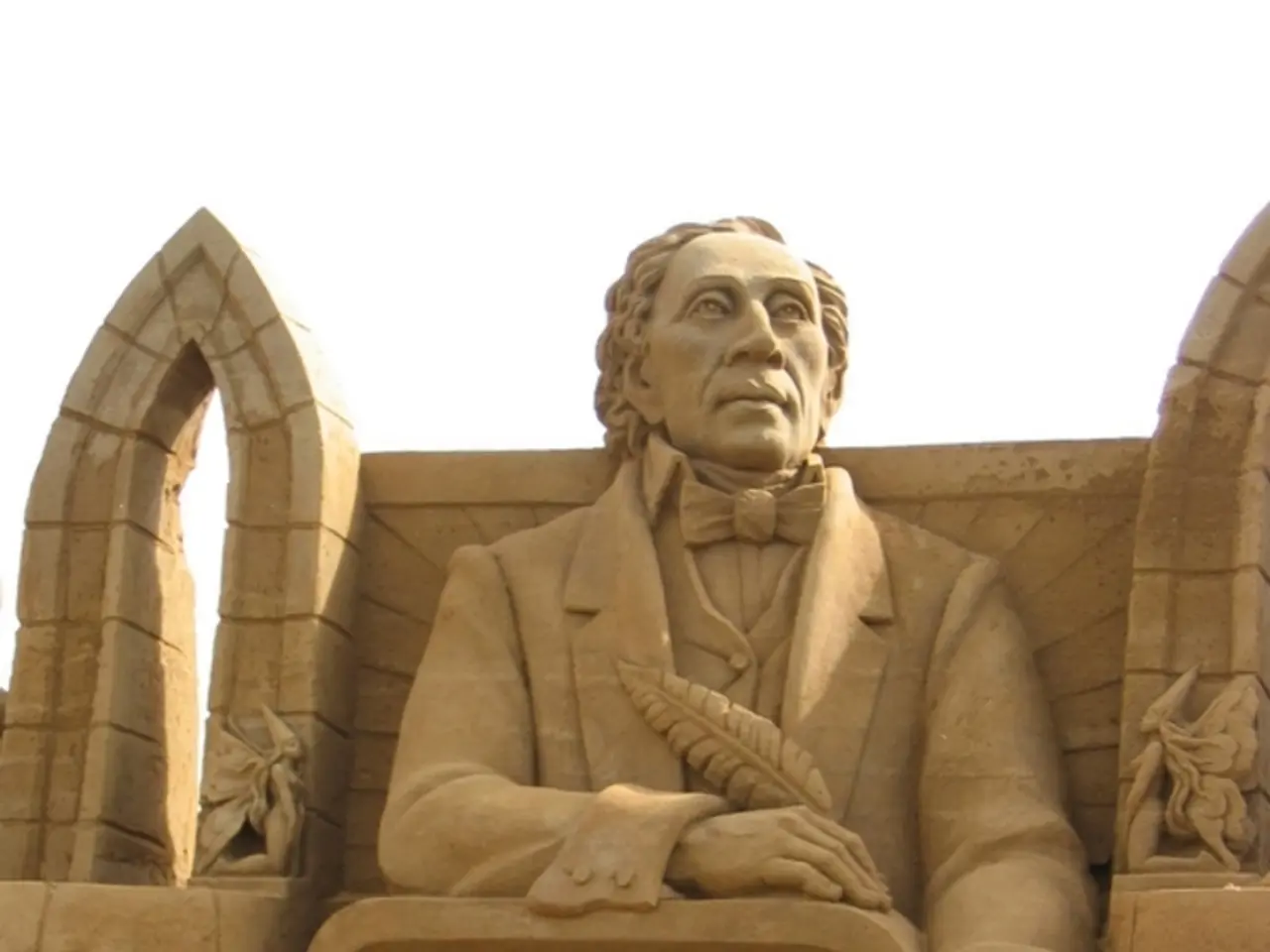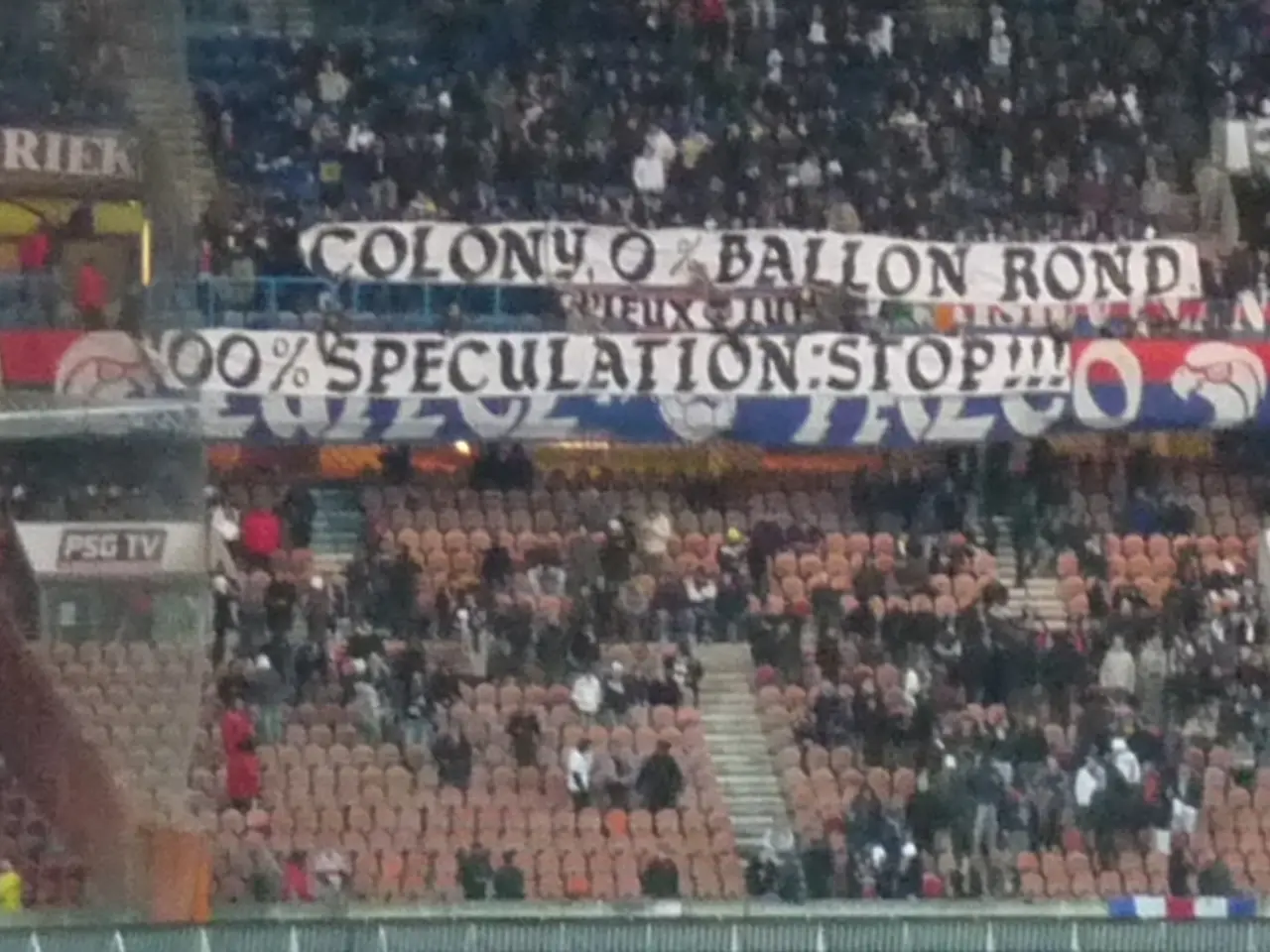Stone-Carved Power: The Riveting Palace Tale of Versailles
In the heart of France, the Palace of Versailles stands as a testament to the grandeur and complexity of the French monarchy. Originally a modest hunting lodge, it was transformed by King Louis XIV in the late 17th century into a symbol of absolutism.
The Palace of Versailles, with its architectural masterpieces of Baroque design, exemplifies the grandeur and elaborate symmetry of the era. Architects Louis Le Vau, Jules Hardouin-Mansart, and landscape designer André Le Nôtre worked tirelessly on its creation, crafting ornate decoration, extensive gardens, and monumental scale.
Politically, Versailles embodied the centralization of royal power. It was here that King Louis XIV exerted absolute control, governed the aristocracy, and staged opulent ceremonies reinforcing his authority. The palace's construction was a deliberate statement of Louis XIV’s reign, turning Versailles into a physical and symbolic manifestation of his divine right to rule and the political philosophy of the Ancien Régime.
The famous Hall of Mirrors, built between 1678 and 1684, not only enhanced the palace's visual splendor but also served as an arena for diplomatic and state events, showcasing monarchical power. The grand axis of the palace, stretching out into meticulously symmetrical gardens, conveyed cosmic order, with the king anchoring the celestial arrangement.
In October 1789, a crowd of Parisian women marched to Versailles, demanding the king's return to the capital, shattering its aura of inviolability. This marked the beginning of the French Revolution, which redefined the meanings of Versailles, turning it into a museum of past mistakes.
In the nineteenth century, Louis-Philippe converted Versailles into a museum "for all the glories of France," reflecting the nation's new identity as a republic that still revered its monarchical past. Revolutionary governments stripped Versailles of much of its furniture and art, but the structure endured.
Under Napoleon and later the restored Bourbons, Versailles shifted roles, from ruin to relic, then to symbol of national continuity. By the twentieth century, Versailles had transitioned into a global stage, with the Treaty of Versailles being signed in the Hall of Mirrors in 1919, ending World War I and imposing harsh terms on Germany.
Today, Versailles remains a mirror not just of the Sun King's ambition, but of a Europe that once believed power could be made eternal through architecture, etiquette, and spectacle. Its corridors echo not only with the footsteps of courtiers but with the ideologies they embodied. Versailles endures because it was never merely a building; it was an idea carved into material, a philosophy of governance, a theology of monarchy, and an aesthetic of domination.
The Palace of Versailles transformed into a symbol of the Ancien Régime's political philosophy, hosting diplomatic and state events that showcased monarchical power (politics). In the nineteenth century, Louis-Philippe converted Versailles into a museum, symbolizing the nation's reverence for its monarchical past while also acknowledging the new identity as a republic (general-news).





